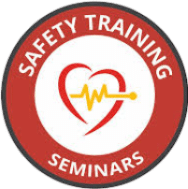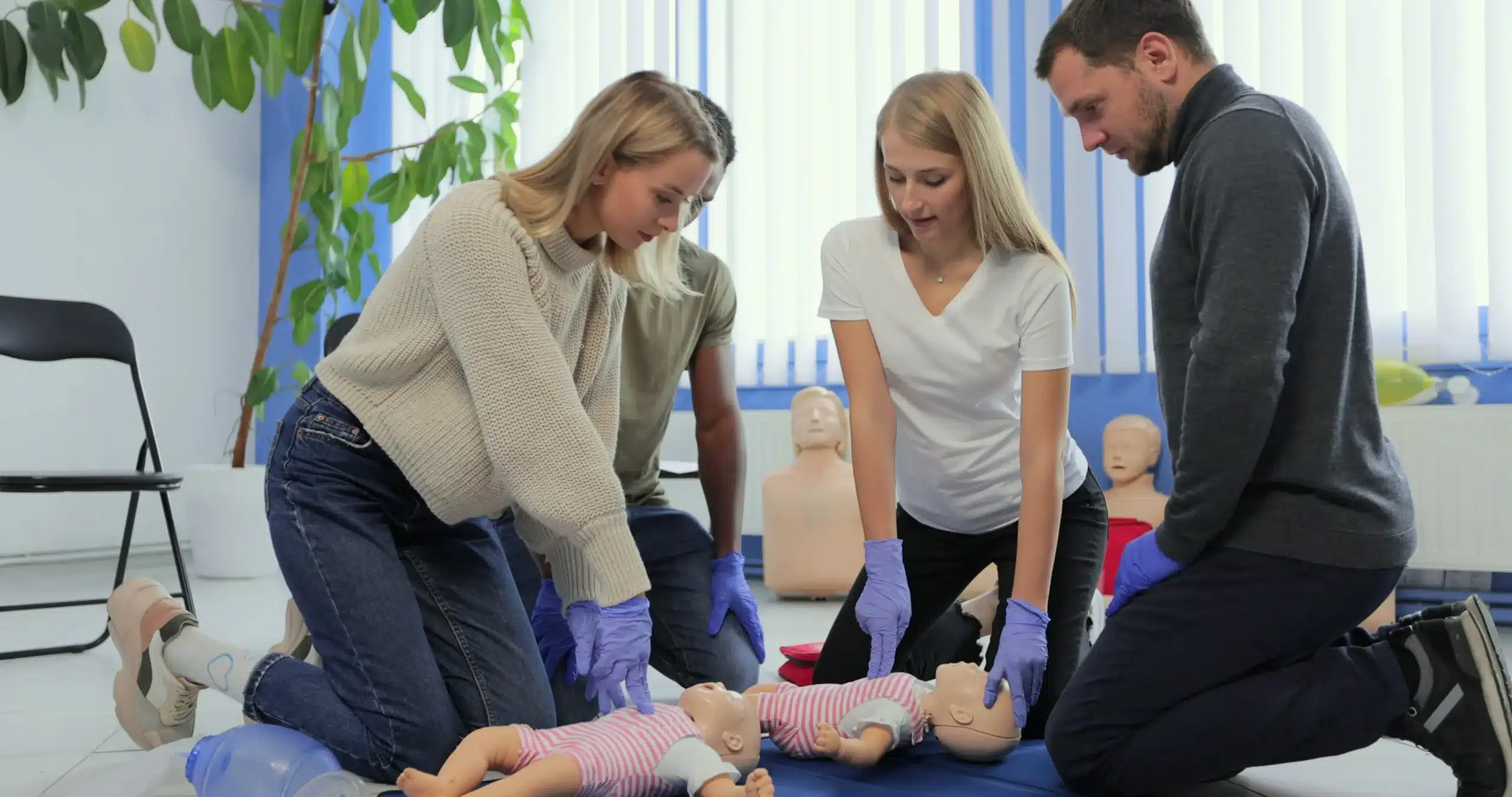Cardiopulmonary resuscitation, most widely known as CPR, is more than just a medical procedure—it’s a lifesaving skill with the potential to give someone a second chance at life. Each year, thousands of lives are lost due to cardiac or respiratory emergencies where a timely intervention could have made all the difference.
When blood flow or breathing stops, CPR steps in to sustain the circulation of oxygen to the brain and critical organs until professional medical help arrives. This blog breaks down why CPR is indispensable not just for healthcare professionals but for anyone. It covers everything from its historical progress to its life-saving benefits, the role of healthcare providers, certification processes, and common myths.
What Is CPR and Its Role in Healthcare
CPR, short for Cardiopulmonary Resuscitation, is an emergency lifesaving technique performed when someone’s heart stops beating or they stop breathing. At its core, CPR involves two main actions:
- Manual Chest Compressions: These restore blood flow to vital organs.
- Rescue Breaths: These provide oxygen to the lungs.
The goal of CPR is simple yet vital—keep oxygen moving until more advanced life-saving measures can take over.
The universality of CPR makes it extraordinarily impactful. It’s used in diverse situations, from hospital operating rooms to roadside emergencies, demonstrating its importance across all environments.
The History of CPR
The concept of CPR hasn’t always been with us. Here’s a glance at its evolution over time:
- 1740 – The Paris Academy of Sciences first recommended mouth-to-mouth resuscitation for drowning victims.
- 1950s – Modern CPR techniques began to take shape with the introduction of mouth-to-mouth resuscitation.
- 1960 – The American Heart Association (AHA) formally endorsed CPR as a common medical practice.
- Present Day – Research-driven guidelines have further refined CPR methods, making them more effective than ever.
This chronological improvement underscores how modern science and evidence-backed practices have transformed CPR into a robust method for saving lives.
Importance of CPR in Saving Lives
Why is CPR so important? The statistics speak for themselves:
- Out-of-Hospital Cardiac Arrests (OHCA): Nearly 356,000 Americans experience OHCA yearly.
- Bystander CPR Saves Lives: Prompt CPR can double or triple the chance of survival in cardiac arrest cases.
- Home Cardiac Arrests: Over 70% of cardiac arrest cases occur at home.
One key framework to understand is the “Chain of Survival,” which identifies the critical actions that maximize a patient’s chance of survival:
- Early recognition of cardiac arrest and calling 911.
- Early CPR to maintain circulation.
- Use of a defibrillator whenever possible.
- Advanced life support by emergency responders.
- Post-resuscitation care to stabilize the patient.
Among these steps, CPR is often the most immediate and critical.
The Role of Healthcare Professionals in CPR
Healthcare professionals are the backbone of emergency medical care. CPR is a core competency for various roles, such as:
- Nurses and Paramedics who are often the first responders in emergencies.
- Doctors and Surgeons who use advanced life-saving procedures built on CPR.
- Hospital Administrators and Support Staff, who often encounter emergencies in fast-paced environments.
Ongoing CPR training is vital, ensuring that healthcare teams are always well-prepared. Regular certifications, such as the American Heart Association’s Basic Life Support (BLS) and Advanced Cardiovascular Life Support (ACLS), ensure adherence to the latest guidelines for best outcomes.
CPR Training and Certification
Becoming CPR certified is an achievable goal for healthcare professionals and anyone who wants to make a difference during an emergency. Here’s a quick guide to the process:
- Find Credible Training Providers: Look for trusted organization like the Safety Training Seminars.
- Types of Certifications:
- Basic Life Support (BLS): Ideal for healthcare workers.
- Advanced Cardiovascular Life Support (ACLS): Focused on advanced emergency skills.
- CPR and First Aid: Perfect for the general public.
- Training Duration: Most courses take a few hours to complete, with certifications lasting two years.
CPR skills are not just for professionals. Comprehensive courses empower everyday citizens to save lives in their communities.
Debunking Myths About CPR
Misconceptions about CPR can prevent people from acting during an emergency. Let’s bust a few myths:
- “Only Professionals Should Perform CPR”
False. Anyone initiating CPR can increase survival chances, even if imperfect.
- “You’ll Hurt the Person with CPR”
Performing CPR is critical in life-or-death situations. Broken ribs are a small price for saving a life.
- “I Might Be Sued if It Goes Wrong”
Good Samaritan laws protect well-intentioned rescuers in most states.
Taking timely action is almost always better than doing nothing.
A Lifesaving Call to Action
CPR is not just a skill; it’s a responsibility that can turn ordinary people into heroes. It saves lives at home, in public, and in critical healthcare settings. Whether you’re a seasoned healthcare professional or someone eager to make a difference in your community, CPR knowledge is essential.
If you haven’t already, consider becoming CPR certified. Safety Training Seminars offers a range of reliable AHA-certified courses in Oakland to suit varying needs, including CPR and First Aid, BLS, ACLS, and PALS. Take the step to empower yourself today—because one day, you might hold the key to saving a life.
Key Takeaways
- CPR Saves Lives: Immediate chest compressions and rescue breaths can double or triple survival rates.
- Essential for All: Whether a healthcare provider or a bystander, you have the power to help.
- Get Certified: Training ensures you know the right techniques to make the biggest impact during an emergency.
Don’t wait—take action today.








